World Wilderness Congress
Creating new opportunities for the protection of wilderness.
Hundreds of millions of people around the world have never heard of wilderness or its role in human survival. Many languages don’t even have a word for “wilderness.”
The World Wilderness Congress is the longest-running, public environmental forum to build awareness and support for wilderness, and strengthen wilderness policy from grassroots decision-making to national policy.
How Can You Protect What Doesn’t Even Have A Name?
In many countries around the world, wilderness lacks formal status as a protected nature area. Sometimes it even lacks a culturally recognized word.
In such a context, how can a society truly appreciate the wild nature upon which all life depends? The World Wilderness Congress (WWC) launched over forty five years ago, sparked by Magqubu Ntombela – a Zulu elder and one of WILD’s two founders – and his sense of urgency that “more needs to be done.” Since then, the WWC has given rise to an international community that places the protection of wild nature front and center before world leaders. Occurring ten times in four decades, it has produced hundreds of practical outcomes, including:
- Pioneering true partnering between global conservation and traditional/Indigenous communities.
- Initiating the process that would lead to the World Bank’s Global Environmental Facility.
- Establishing dozens of new public and private protected areas covering millions of acres of land.
- Multi-lateral efforts to restore and protect wilderness across national boundaries.
- Numerous new organizations to address new and urgent needs in conservation communications, regional protected areas, and global policy issues.
- Launched Nature Needs Half, the global vision and practice to protect and restore half of wild nature on land and sea, the necessary human-nature relationship called for by both contemporary and traditional science.
 13
13
The WILD Foundation is excited to announce preparations are underway for WILD13. Please sign up below for future updates from the World Wilderness Congress.
Past Congresses
More details about the agendas and accomplishments of each WWC can be found at the following links:
WILD12: South Dakota, USA, 2024
WILD11: India, 2020 (indefinitely postponed due to COVID-19)
SHOW MORE
Some of the Leaders Involved:
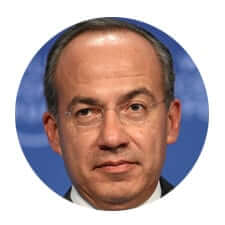
Felipe Calderon
56th President of Mexico
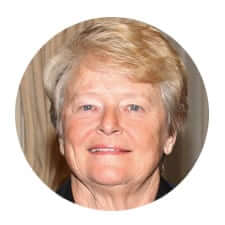
Gro Harlem Brundtland
22nd Prime Minister of Norway
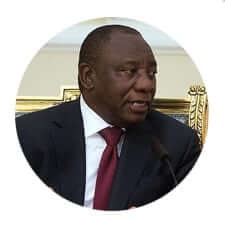
Cyril Ramaphosa
President of South Africa
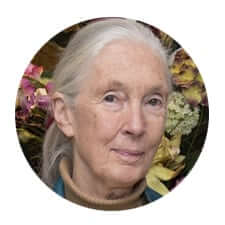
Jane Goodall
Primatologist & UN Messenger of Peace
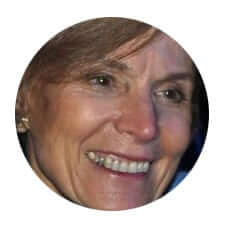
Sylvia Earle
Marine Biologist & National Geographic Explorer In-Residence
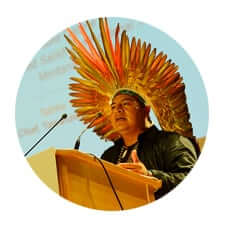
Tashka Yawanawa
Chief of the Yawanawa People
Join the conversation online
Follow the World Wilderness Congress on social media. Share this page and use your voice to support wilderness!